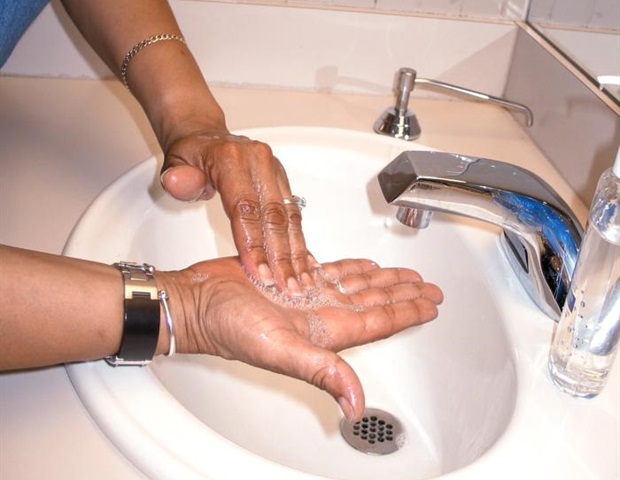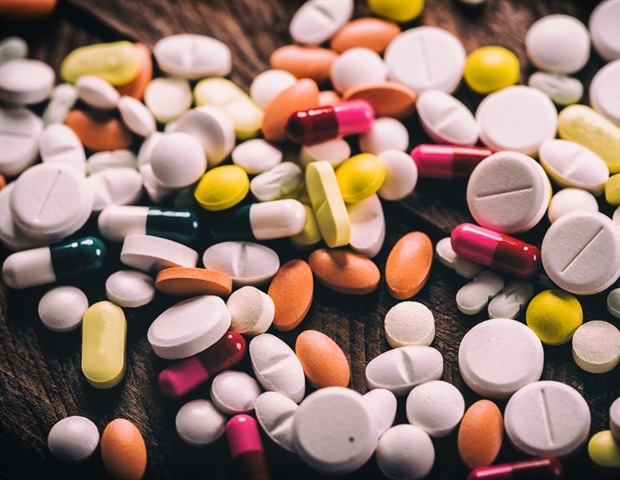In a recent study posted to the medRxiv* preprint server, researchers assessed the coronavirus disease 2019 (COVID-19) rebound in untreated COVID-19 infections.
Background
Nirmatrelvir-ritonavir (Paxlovid) is an approved treatment against mild to moderate COVID-19 infections and risk factors for disease severity in outpatients. With the widespread use of Paxlovid, several individuals have reported worsening symptoms and/or severe acute respiratory syndrome coronavirus 2 (SARS-CoV-2) rebound after completing the treatment course, termed post-Paxlovid rebound. Extensive research is required to understand this phenomenon.
About the study
In the present study, researchers estimated the incidence of rebound of SARS-CoV-2 symptoms and virulence in untreated patients diagnosed with mild to moderate COVID-19.
The team enrolled adults aged 18 years and above from the ACTIV-2/A5401 platform trial performed for outpatients having mild to moderate COVID-19. Analysis of viral rebounds was restricted to subjects who participated in the placebo arm of the ACTIV-2/A5401 phase 2 studies and were treated with 700mg bamlanivimab, 7000mg bamlanivimab, and amubarvimab plus romlusevimab monoclonal antibodies. The team collected daily self-reported symptoms for the initial 28 days.
The system rebound analysis involved additional 301 participants who were enrolled in the phase 3 trial placebo arm for analyzing the impact of romlusevimab and amubarvimab monoclonal antibodies. The bamlanivimab trials included subjects who were found to be at either a standard or higher risk for progression of COVID-19 disease severity. In contrast, romlusevimab and amubarvimab trials involved only subjects who were at high risk of COVID-19 severity.
For the symptom and viral rebound estimations, the team defined a simulated time-point for post-nirmatrelvir/ritonavir baseline that was similar to the baseline time point observed in the viral rebound analysis from the nirmatrelvir-ritonavir phase 3 trial. Furthermore, the primary analysis involved participants having five or more days of COVID-19 symptoms during study enrolment, with the baseline time point on the fifth day of the study. The secondary analysis included all participants who had a study visit on the eighth day since symptom onset (DSSO8).
The team also collected daily anterior nasal (AN) swabs from the day of study entry (day 0) to day 14 and day 28. Additionally, the bamlanivimab participants provided another sample for viral loading testing on day 21. SARS-CoV-2 ribonucleic acid (RNA) levels were estimated from the AN samples. A sample displayed viral rebound if it had a 0.5 log10 or higher increase in SARS-CoV-2 RNA levels in AN samples at a follow-up time point per the baseline.
Total symptom scores were estimated on each study day as the total of the scores for 13 targeted symptoms which were scored based on a regular diary of self-reported symptoms from day 0 to day 28. The 13 targeted symptoms included cough, feverishness, sore throat, shortness of breath, fatigue, body pain, chills, headache, nasal discharge, nasal obstruction, vomiting, diarrhea, and nausea.
Results
The study results showed that according to the primary symptom and viral rebound analysis, 12% of the participants had a viral rebound of 0.5 log10 or more RNA copies per ml on day four after the study. The minimum SARS-CoV-2 RNA rebound estimated was 0.3 log10 or more RNA copies per ml. The team noted that 73% of the participants showed a viral rebound of 0.3 log10 or more within the initial five days after baseline, with 91% of the participants having virulence lasting for one day.
Furthermore, participants with viral RNA rebounds were older than those with no RNA rebound. The team also estimated the frequencies related to high levels of nasal RNA rebound having a 5.0 log10 minimum rebound threshold, and 5.3% of the participants satisfied this definition of virus rebound. The primary analysis also showed that 12% and 6.9% of the participants displayed viral rebound rates estimated per the minimum threshold of 0.3 log10 or more and 0.5 log10 RNA copies per ml, respectively.
The primary analysis also highlighted that 27% of the participants showed symptom rebound after initial symptom improvement. Participants with symptomatic rebound were more likely to have higher baseline levels of AN viral RNA and higher symptom scores at enrollment and baseline time points. Furthermore, only 10% of the participants satisfied the criteria of symptom rebound after the resolution of symptoms.
The team also found high levels of viral rebound with 0.5 log10 or more RNA copies per ml accompanied by symptom rebound after an initial improvement in 2.2% of the participants when estimated with either the primary and supplementary baseline criteria, respectively. None of the participants had symptom rebound along with viral rebound with 0.5 log10 or more RNA copies per ml after initial resolution of symptoms.
Overall, the study findings showed that rebound of SARS-CoV-2 RNA and COVID-19 symptoms was relatively common among participants treated for COVID-19 with any antiviral agents. The present study highlights the natural course of symptoms and viral rebound. These are essential in understanding biphasic disease courses after antiviral treatments.
*Important notice
medRxiv publishes preliminary scientific reports that are not peer-reviewed and, therefore, should not be regarded as conclusive, guide clinical practice/health-related behavior, or treated as established information.
Journal reference:
- Rinki Deo, Manish C Choudhary, Carlee Moser, Justin Ritz, Eric S Daar, David A Wohl, Alexander L Greninger, Joseph J Eron, Judith S Currier, Michael D Hughes, Davey M Smith, Kara W Chew, Jonathan Z Li. (2022). Viral and Symptom Rebound in Untreated COVID-19 Infection. medRxiv. doi: https://doi.org/10.1101/2022.08.01.22278278 https://www.medrxiv.org/content/10.1101/2022.08.01.22278278v1






